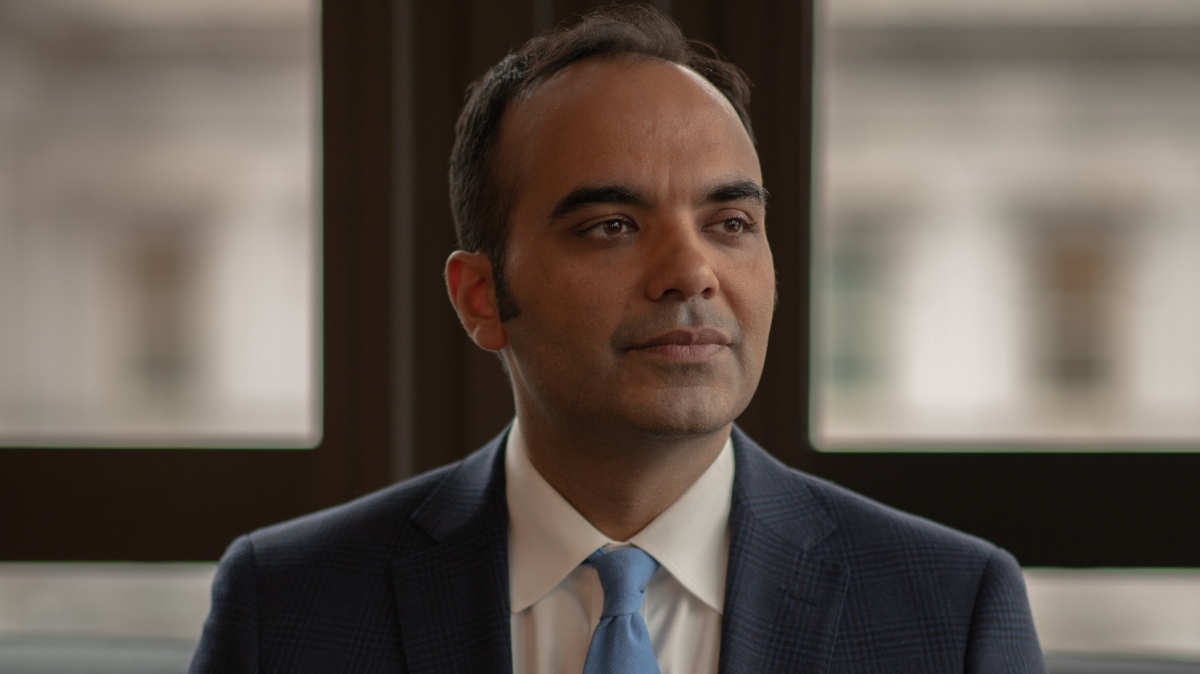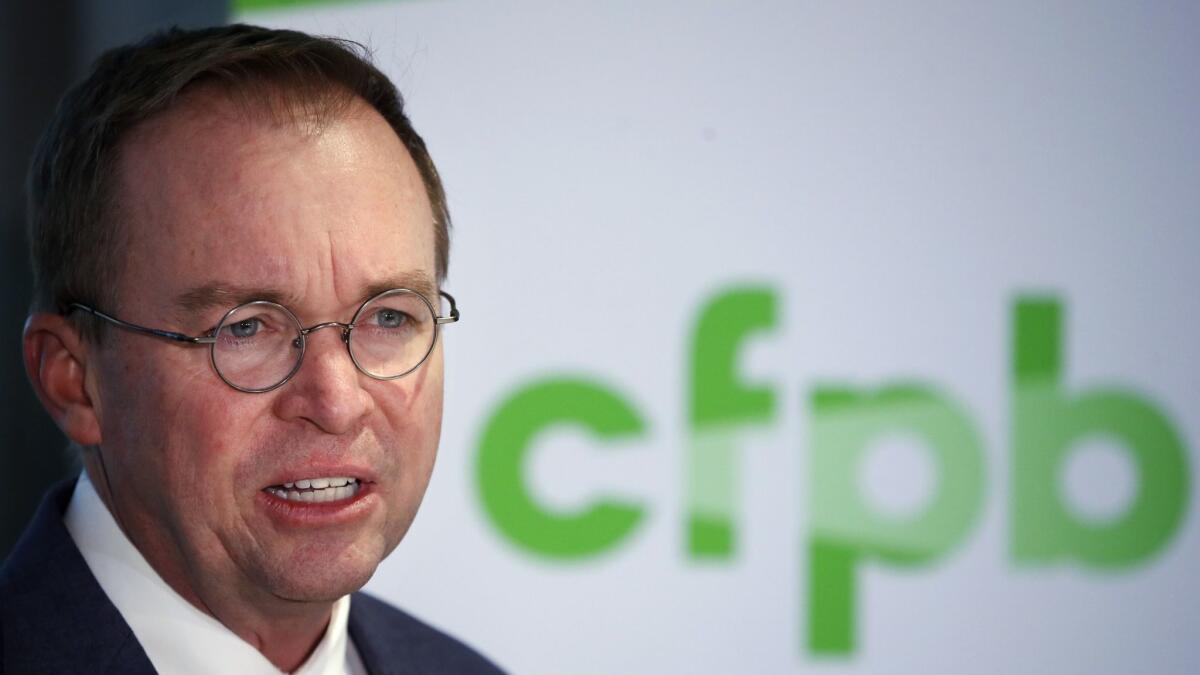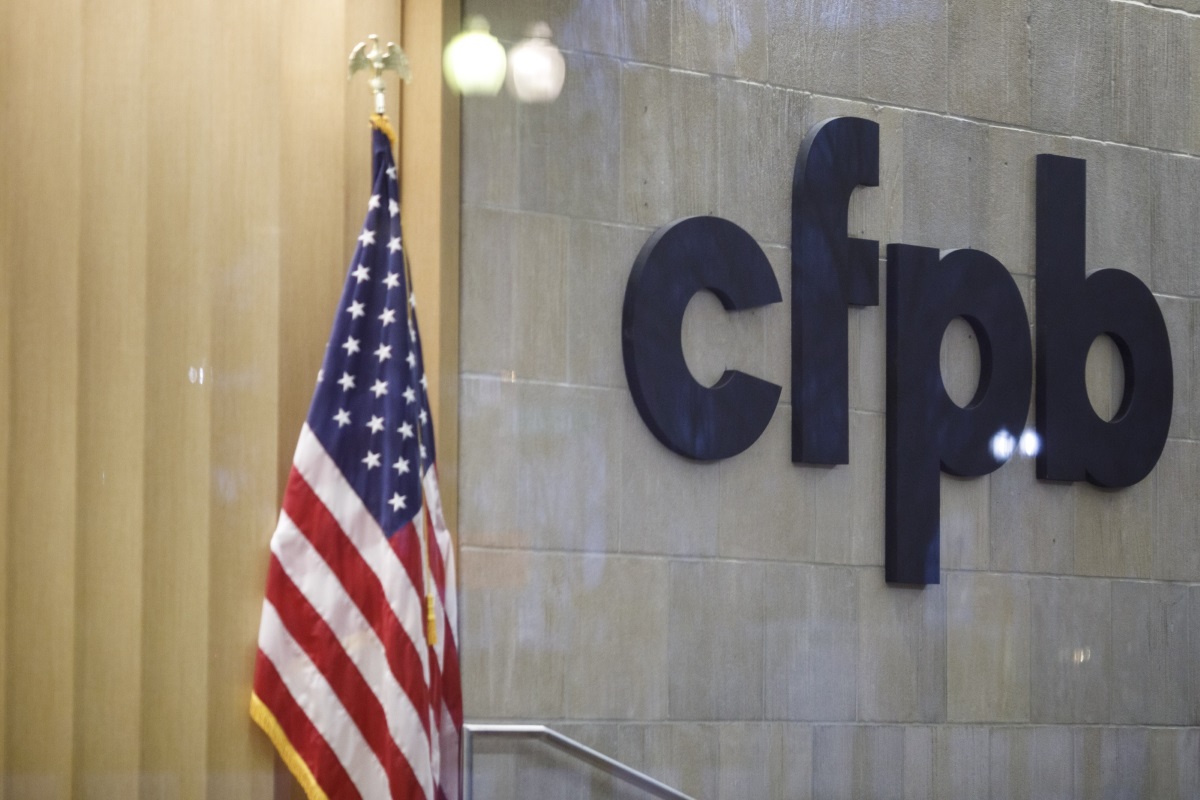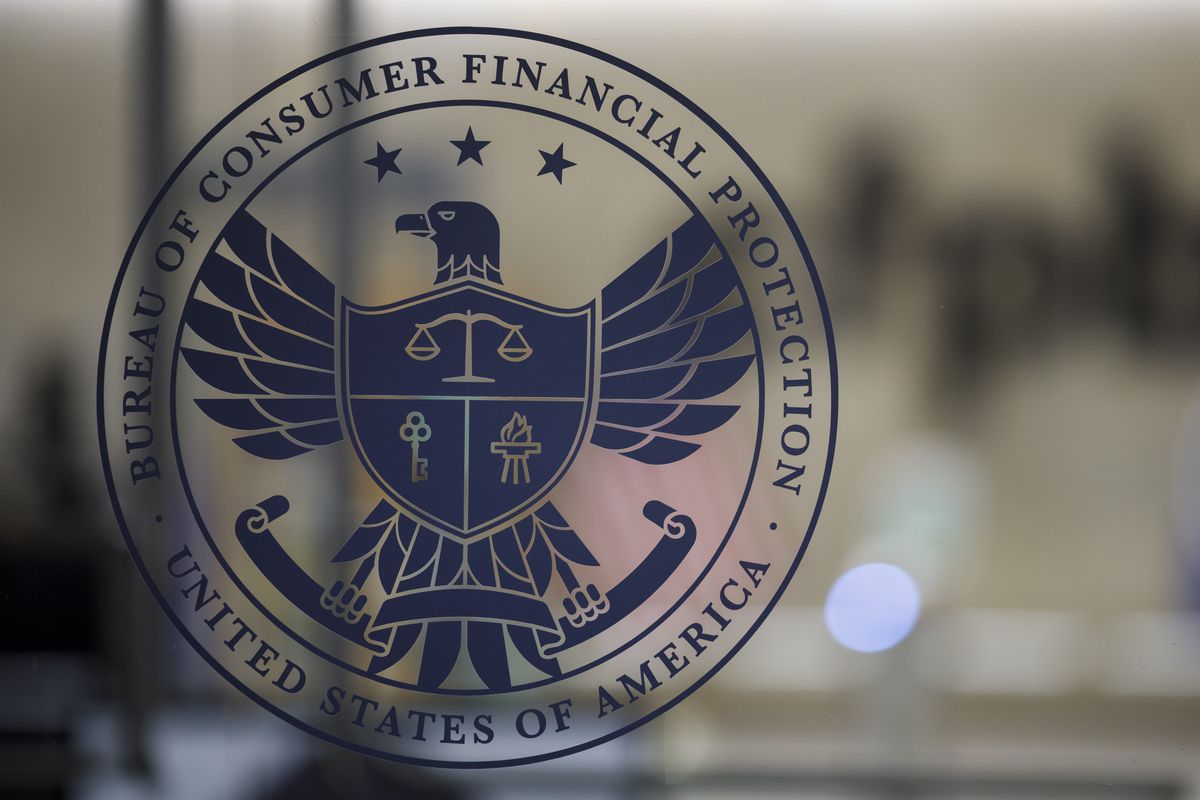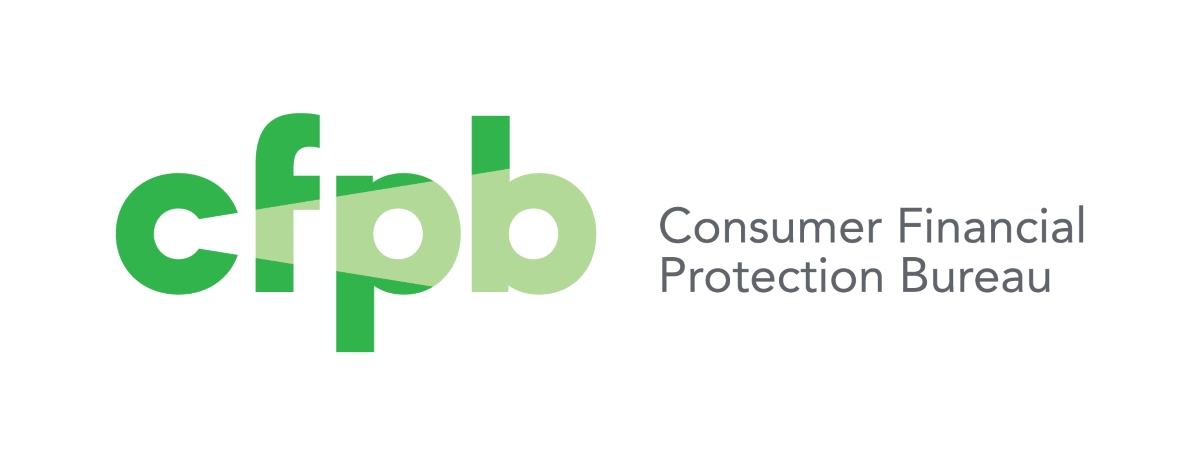Home>Finance>What Legislation Created The Consumer Financial Protection Bureau?
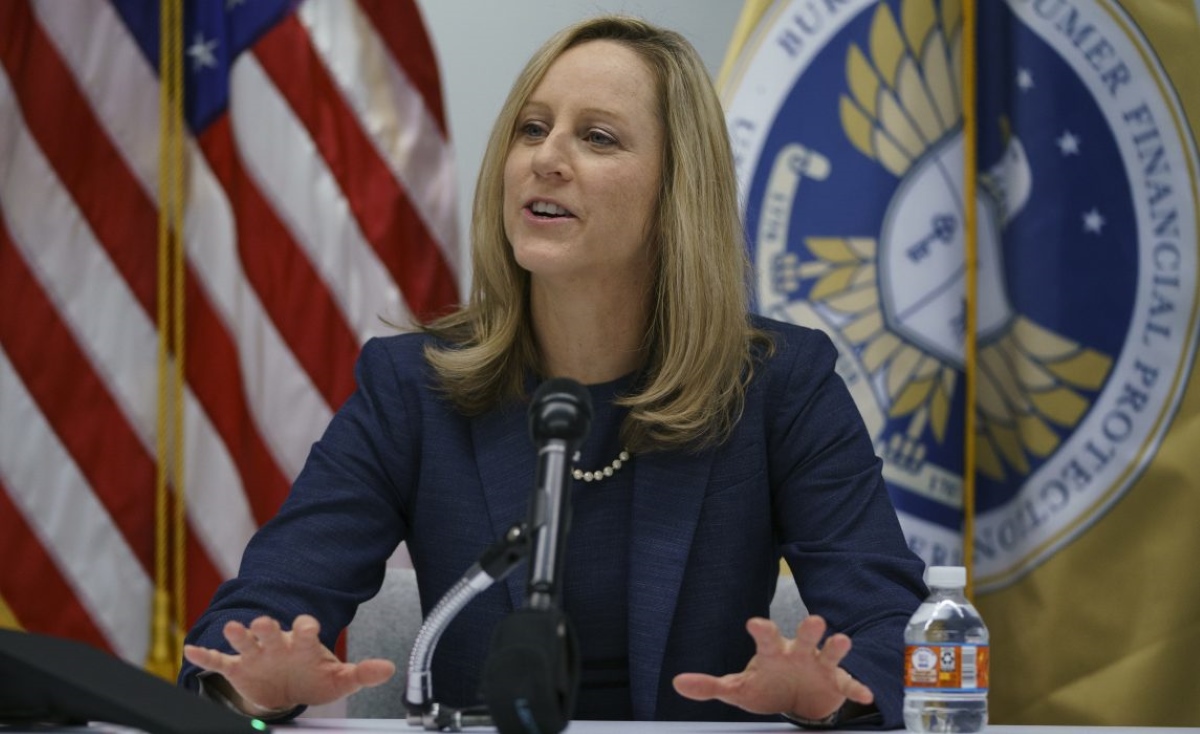

Finance
What Legislation Created The Consumer Financial Protection Bureau?
Modified: March 1, 2024
Discover the legislation that established the Consumer Financial Protection Bureau (CFPB) and how it impacts the world of finance.
(Many of the links in this article redirect to a specific reviewed product. Your purchase of these products through affiliate links helps to generate commission for LiveWell, at no extra cost. Learn more)
Table of Contents
Introduction
When it comes to protecting consumers in the financial sector and ensuring fair and transparent practices, the role played by regulatory bodies is crucial. The Consumer Financial Protection Bureau (CFPB) is one such agency that aims to safeguard consumer interests in the United States.
The creation of the CFPB was a significant development in the aftermath of the 2008 financial crisis. As the financial sector was facing widespread consequences of predatory lending and deceptive practices, there was a growing need for a dedicated agency that could advocate for consumer rights and hold financial institutions accountable for their actions.
In this article, we will explore the legislation responsible for the establishment of the CFPB, delve into its key provisions, and highlight the impact it has had on the financial landscape.
The CFPB’s mission is to protect consumers from unfair and deceptive practices in the financial market, promote financial education, and ensure fair and transparent access to financial products and services.
Through its enforcement actions, rule-making authority, and consumer advocacy efforts, the CFPB strives to level the playing field for consumers, particularly in areas such as mortgages, student loans, credit cards, and other financial products.
Now let’s take a closer look at the legislation that paved the way for the establishment of the CFPB.
The Dodd-Frank Wall Street Reform and Consumer Protection Act
The Dodd-Frank Wall Street Reform and Consumer Protection Act, commonly known as Dodd-Frank, is a comprehensive financial reform legislation enacted in 2010. It was a response to the global financial crisis that exposed several weaknesses in the financial system and regulatory framework.
Dodd-Frank aimed to enhance financial stability, protect consumers, and increase transparency and accountability in the financial sector. The legislation introduced new regulations and established several regulatory agencies, including the Consumer Financial Protection Bureau (CFPB).
One of the primary objectives of Dodd-Frank was to address the abusive and deceptive practices that contributed to the financial crisis. The Act imposed stricter regulations on financial institutions, such as banks, mortgage lenders, credit rating agencies, and derivatives traders, to prevent excessive risk-taking and promote responsible financial practices.
Dodd-Frank provided a framework for comprehensive regulatory reform, including measures to address systemic risks posed by large financial institutions, enhance oversight of derivatives markets, and establish a new regulatory framework for consumer financial protection.
In addition to creating the CFPB, Dodd-Frank also introduced other significant reforms, such as the Volcker Rule, which prohibits banks from engaging in proprietary trading and restricts their ability to invest in certain types of risky assets.
The legislation also established the Financial Stability Oversight Council, which monitors and addresses systemic risks in the financial system, and introduced the Orderly Liquidation Authority to facilitate the orderly resolution of failing financial institutions.
Furthermore, Dodd-Frank mandated greater transparency and accountability in the financial industry. It required financial institutions to provide more detailed disclosures to regulators and the public, enhancing the ability to monitor and assess risks in the system.
The enactment of Dodd-Frank marked a significant milestone in financial regulation, aiming to prevent a recurrence of the 2008 crisis and foster a more resilient and consumer-friendly financial system. Within the broader framework of Dodd-Frank, the creation of the Consumer Financial Protection Bureau was a key step towards protecting and empowering consumers in the financial marketplace.
Establishment of the Consumer Financial Protection Bureau (CFPB)
The Consumer Financial Protection Bureau (CFPB) was established as part of the Dodd-Frank Wall Street Reform and Consumer Protection Act in 2010. It was designed to be an independent agency responsible for protecting consumers in the financial marketplace.
Prior to the creation of the CFPB, consumer protection in the financial industry was fragmented among several different agencies, each with limited authority and oversight. The CFPB, however, was granted broad regulatory and enforcement powers to ensure the fair and transparent treatment of consumers.
The CFPB is headed by a Director who is appointed by the President of the United States and confirmed by the Senate. The Director, chosen for a five-year term, has significant authority and autonomy in carrying out the Bureau’s mission.
The establishment of the CFPB consolidated the consumer protection responsibilities previously scattered among various agencies, providing a dedicated agency solely focused on promoting consumer financial well-being. It has the authority to regulate financial products and services, enforce federal consumer financial laws, and provide information and resources to help consumers make informed financial decisions.
One of the primary functions of the CFPB is to monitor and investigate potential violations of consumer protection laws. It has the power to take legal action against financial institutions that engage in unfair, deceptive, or abusive practices.
In addition to its enforcement activities, the CFPB is responsible for educating and empowering consumers. It provides resources, tools, and educational materials to help consumers understand their financial rights and make informed decisions when obtaining financial products and services.
The CFPB also plays a role in promoting financial literacy and conducting research to better understand consumer financial practices and needs. Through its research, the Bureau gathers data and insights to inform its regulatory initiatives and develop policies that address consumer concerns.
Since its establishment, the CFPB has been actively engaged in consumer protection efforts. It has issued regulations to enhance transparency in the mortgage market, combat unfair debt collection practices, and promote fair lending practices, among other areas.
The creation of the CFPB has brought about a significant shift in the regulatory landscape, placing a stronger emphasis on consumer rights and holding financial institutions accountable for their actions. Through its comprehensive approach to consumer protection, the CFPB aims to create a fair and transparent financial marketplace that benefits all consumers.
Key Provisions of the Dodd-Frank Act Pertaining to the CFPB
The Dodd-Frank Act established several key provisions that granted the Consumer Financial Protection Bureau (CFPB) significant authority and responsibility in protecting consumers in the financial marketplace. These provisions aimed to enhance transparency, accountability, and fairness in the financial industry.
1. Consumer Complaint Database: The CFPB has the authority to collect and maintain a comprehensive consumer complaint database. This allows consumers to report issues they face with financial products and services, and helps the Bureau identify patterns of misconduct, investigate potential violations, and take appropriate enforcement actions.
2. Regulation and Supervision: The CFPB is responsible for rulemaking and enforcement in various areas of consumer finance. It has the power to issue regulations to promote consumer protection, such as rules governing mortgages, credit cards, payday loans, and debt collection. The Bureau also supervises financial institutions, including banks, credit unions, and non-bank entities, to ensure compliance with consumer protection laws.
3. Ability-to-Repay Rule: The Dodd-Frank Act introduced the Ability-to-Repay rule, which requires lenders to assess a borrower’s ability to repay a mortgage before extending credit. This provision aimed to prevent the widespread predatory lending practices that contributed to the housing crisis. The CFPB enforces this rule and works to ensure fair lending practices in the mortgage market.
4. Preventing Unfair, Deceptive, or Abusive Acts or Practices (UDAAP): The CFPB has the authority to prohibit unfair, deceptive, or abusive acts or practices in the consumer financial marketplace. This provision empowers the Bureau to take legal action against financial institutions that engage in such practices, whether they are banks, payday lenders, debt collectors, or other entities.
5. Supervision of Non-Bank Entities: Prior to Dodd-Frank, non-bank entities, such as payday lenders and debt collectors, were subject to limited federal supervision. The Act expanded the CFPB’s authority to supervise and regulate these non-bank entities, ensuring consumer protection oversight across the financial industry.
6. Student Loan Oversight: The CFPB monitors and investigates student loan practices, ensuring that borrowers are treated fairly and transparently. It has taken action against abusive loan servicing practices and provided resources to help borrowers understand their repayment options and navigate the complex student loan landscape.
These key provisions, among others in the Dodd-Frank Act, have empowered the CFPB to be a strong advocate for consumer rights. By enforcing regulations, investigating complaints, and promoting fair financial practices, the Bureau helps ensure that consumers are treated fairly and have access to transparent and responsible financial products and services.
Impact and Significance of the CFPB
Since its establishment, the Consumer Financial Protection Bureau (CFPB) has had a significant impact on the financial landscape and consumer protection in the United States. The agency has been instrumental in safeguarding consumers and holding financial institutions accountable for their actions.
1. Protecting Consumers: The CFPB has taken numerous actions to protect consumers from unfair and deceptive practices. It has enforced regulations, issued fines, and secured financial restitution for consumers who have been harmed by predatory lending, illegal debt collection, and other abusive practices. By taking legal action and holding financial institutions accountable, the CFPB has helped prevent further harm to consumers.
2. Promoting Transparency: Through its rulemaking authority, the CFPB has introduced regulations to increase transparency in financial transactions. For example, it implemented the Know Before You Owe initiative, which provides standardized forms and disclosures for mortgages and credit cards, making it easier for consumers to understand and compare financial products. These efforts have empowered consumers to make more informed decisions that align with their financial goals and interests.
3. Advocacy for Marginalized Communities: The CFPB has prioritized serving and advocating for marginalized communities that are often disproportionately affected by unfair financial practices. It has taken steps to address discriminatory lending practices and promote increased access to financial services for underserved populations. By focusing on these communities, the CFPB strives to close the wealth gap and create a fairer financial system for all consumers.
4. Financial Education and Empowerment: The CFPB has made significant efforts to promote financial literacy and empower consumers with knowledge and resources. It provides educational materials, tools, and interactive resources to help consumers understand their finances, make informed decisions, and navigate complex financial situations. By increasing financial literacy and awareness, the CFPB aims to empower consumers to take control of their financial well-being.
5. Oversight of the Financial Industry: Through its supervisory authority, the CFPB has enhanced oversight of the financial industry, including both banks and non-bank entities. This has resulted in increased scrutiny of practices and improved compliance with consumer protection regulations. Financial institutions are now more accountable for their actions, leading to a more responsible and consumer-focused financial system.
6. Consumer Complaint Resolution: The CFPB’s consumer complaint database has become an invaluable resource for consumers to report their issues and seek resolution. By investigating and addressing these complaints, the Bureau has been able to identify systemic problems in the financial industry and take appropriate enforcement actions. This proactive approach has resulted in improving consumer experiences and raising industry standards.
The significance of the CFPB cannot be overstated, as it has played a pivotal role in reshaping the financial landscape to prioritize consumer protection. By empowering consumers, holding institutions accountable, and promoting transparency and fairness, the CFPB has positively impacted the lives of millions of Americans and created a more equitable financial marketplace.
Conclusion
The establishment of the Consumer Financial Protection Bureau (CFPB) through the Dodd-Frank Wall Street Reform and Consumer Protection Act has marked a turning point in consumer protection and financial regulation in the United States. The CFPB has emerged as a powerful advocate for consumers, dedicated to promoting fairness, transparency, and accountability in the financial marketplace.
Since its inception, the CFPB has made a significant impact by protecting consumers from unfair and deceptive practices, promoting financial education and empowerment, and holding financial institutions accountable for their actions. The Bureau’s efforts have resulted in increased transparency, improved access to consumer financial information, and a focus on fair lending practices.
Through the power of enforcement, rulemaking, and consumer complaint resolution, the CFPB has become a vital resource for individuals and communities, particularly those who are marginalized or historically underserved by the financial industry. It has pursued legal action against offenders, secured financial restitution for harmed consumers, and implemented regulations that prioritize consumer rights.
The CFPB’s work has also extended beyond protecting consumers. It has championed financial literacy and education, equipping individuals with the knowledge and tools to make informed financial decisions. By empowering consumers to understand their rights and navigate the complexities of the financial system, the CFPB has encouraged responsible financial practices and empowered individuals to achieve their financial goals.
Furthermore, the CFPB’s oversight of the financial industry has led to increased accountability and compliance with consumer protection regulations. Financial institutions are now more aware of the consequences of engaging in unfair practices, leading to improved standards and better treatment of consumers.
In conclusion, the creation of the Consumer Financial Protection Bureau has been a significant step towards fostering a fair, transparent, and consumer-centered financial marketplace in the United States. Through its mission of consumer protection, advocacy, and oversight, the CFPB continues to make strides in addressing consumer concerns, promoting financial well-being, and ensuring a level playing field for all consumers.

